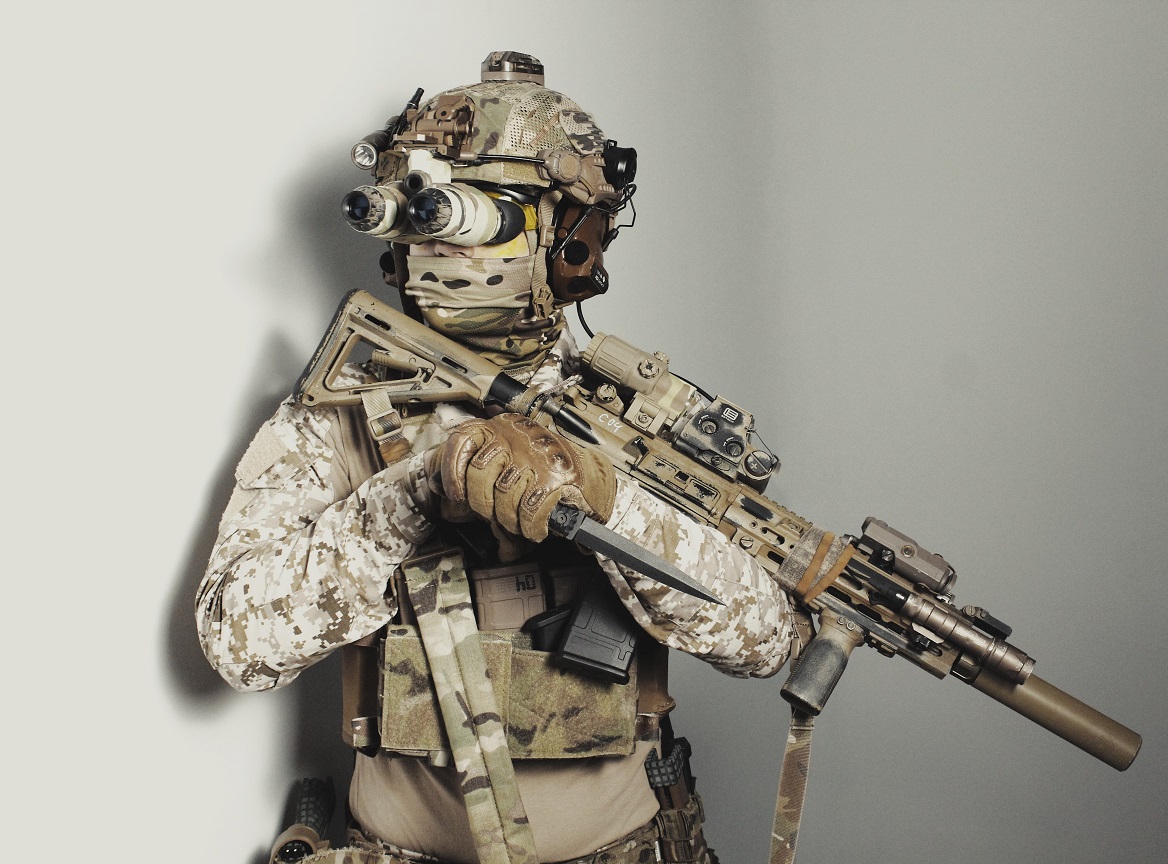Over the years, Kevlar has gained great popularity as the foremost material used for the development of bulletproof vests with plates along with other ballistic gears. However, different kinds of materials can be used to create bulletproof vests with plates and ballistic-rated materials. It has been reported that none of these materials would be able to stop a speeding bullet without causing casualties. The good news is that a few materials still perform well in ballistic threats.
Let’s take steel for instance. Bulletproof vests with plate materials made of steel are heavy-duty and can stop modern firearm rounds with just a few millimeters of thickness. Despite deforming due to the bullets’ energy, the steel cannot reach its intended targets. Ceramic is also another interesting material to consider. Clay-based ceramics are not nearly as hard as diamonds, although they are far more resistant to corrosion than bullet-making metal. Ceramics can effectively dissipate energy from round balls of any size when layered with Kevlar. A bullet’s impact causes the ceramic layers to disintegrate into powder.
One of the other most interesting options is fiberglass. Fiberglass can absorb energy through its layers, allowing it to deflect bullets if its thickness is appropriate. As a result of its ultra-lightweight nature, this material distorts and delaminates to capture bullets within a structure when it is placed between steel plates. Polyethene also offers a high level of ballistic protection. It is made of polyethene that is ultra-high in molecular weight. In Tupperware, you can find this type of plastic. It is an incredibly affordable and reliable material. The waterproof nature of this inexpensive plastic means that some reports even claim that it can stop bullets better than Kevlar.
Polycarbonate is the last bulletproof material on our list since it is strong, transparent, and resistant to bullets. It is super-lightweight and is great for repelling ballistic threats in combat.
For more articles, please click here.

